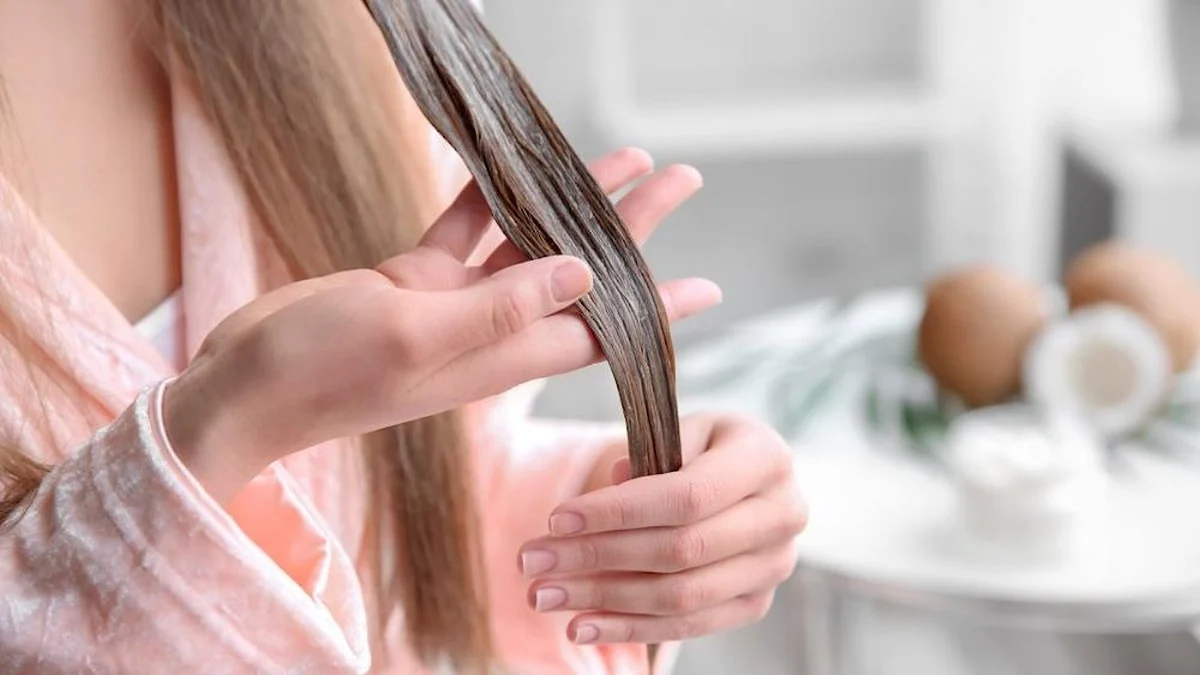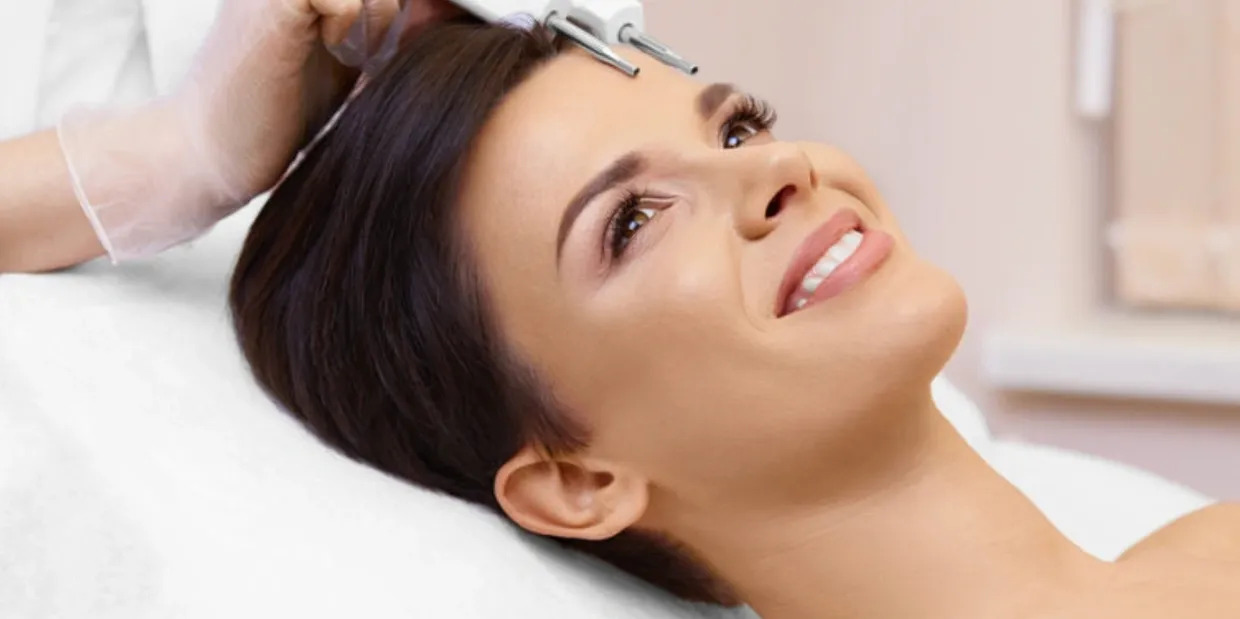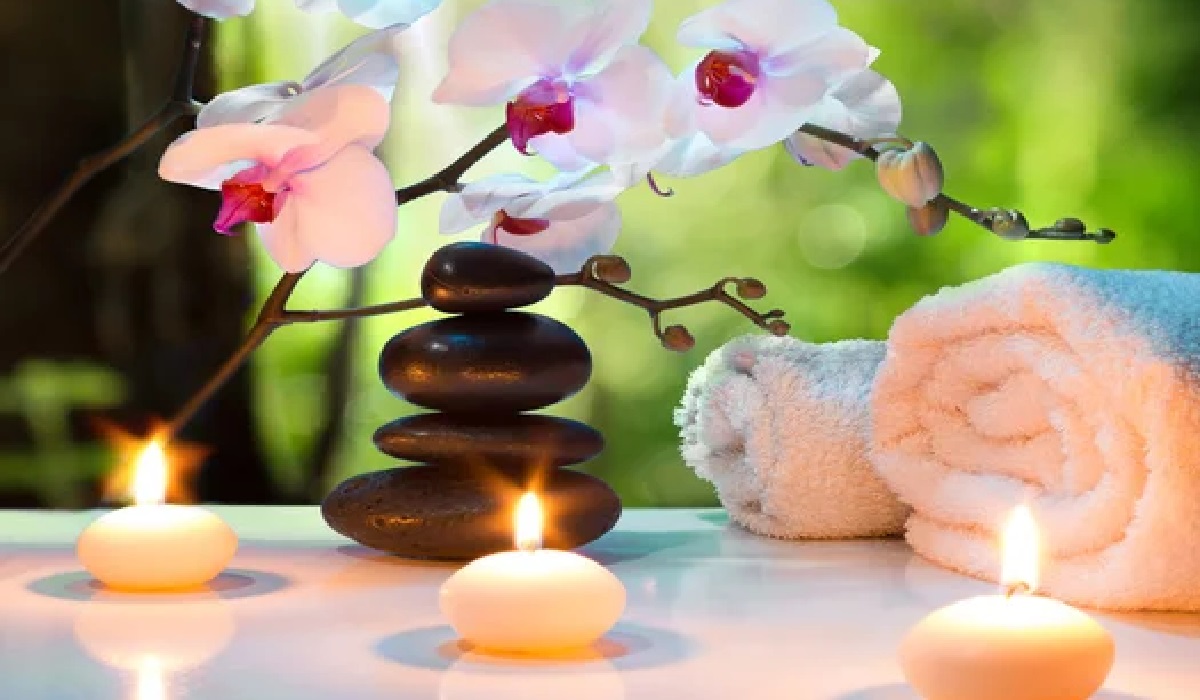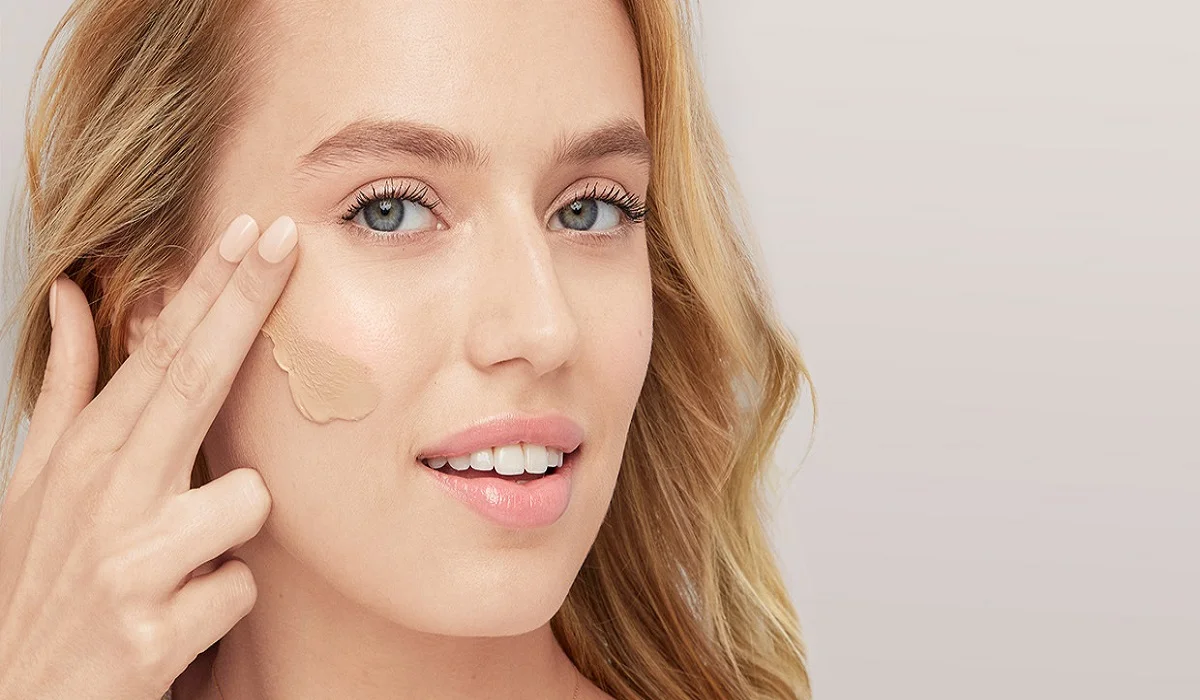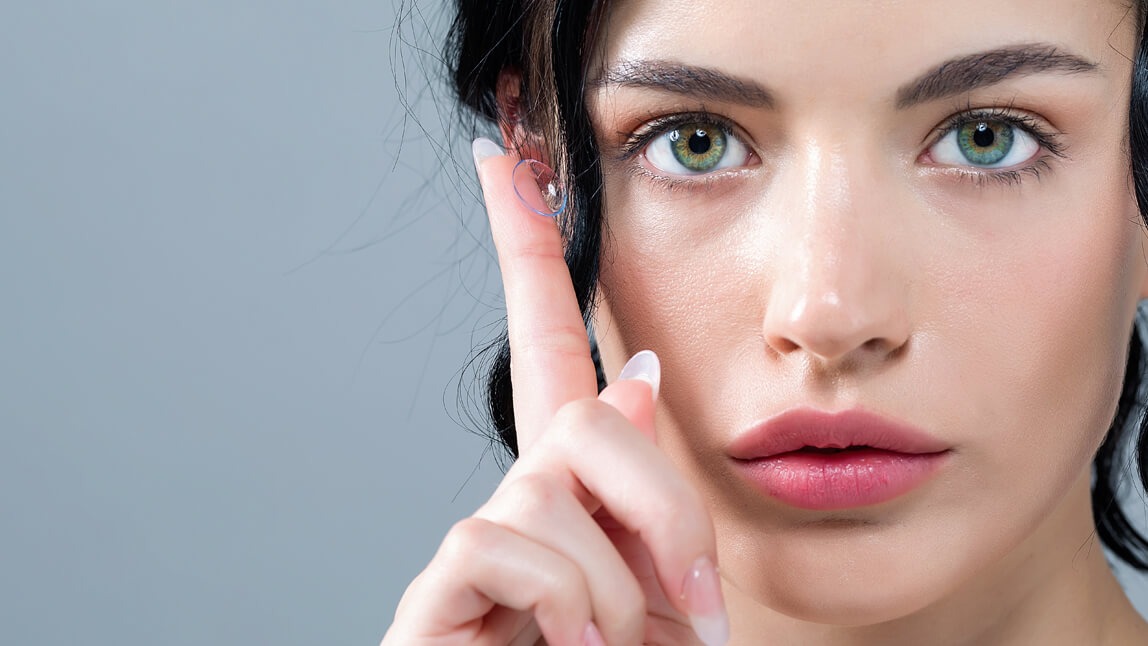Hair extensions offer a fantastic way to add length, volume, and versatility to your hairstyle. However, maintaining them properly, especially when it comes to washing, is crucial to preserving their beauty and prolonging their life. This comprehensive guide delves into the nuances of hair extensions and washing, ensuring your extensions stay as gorgeous as the day you got them.
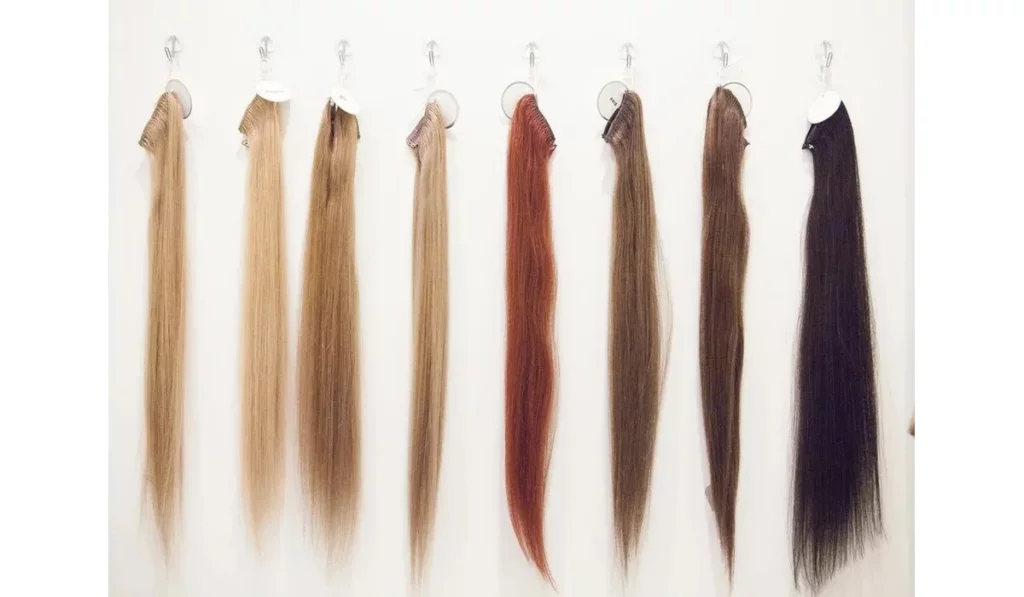
Understanding Hair Extensions
Hair extensions come in various forms, including clip-ins, tape-ins, weaves, and fusion extensions, each requiring specific care techniques. The benefits of using hair extensions are manifold; they can instantly transform your look, add volume to thinning hair, and allow you to experiment with colors and styles without committing to permanent changes. When choosing hair extensions, consider factors like your lifestyle, hair type, and maintenance commitment to find the perfect match.
Pre-Wash Care for Hair Extensions
Before diving into washing your extensions, pre-wash care is vital. Detangling your extensions with a soft brush or a wide-tooth comb can prevent matting and reduce breakage during the washing process. Applying a light, nourishing oil or a pre-wash treatment can also protect the hair fibers and ensure they remain smooth and manageable.
Washing Hair Extensions: Step-by-Step Guide
Washing your hair extensions doesn’t have to be daunting. Begin by gently brushing them to remove tangles, then wet the hair gradually to prevent tangling under water. Use a sulfate-free shampoo to cleanse the extensions, focusing on the roots where buildup is most common. Rinse thoroughly and apply a moisturizing conditioner, avoiding the bonds or clips. Finally, rinse with cold water to seal the hair cuticles, enhancing shine and smoothness.
Maintaining Hair Extensions Post-Wash
After washing, gently pat your extensions dry with a soft towel and apply a leave-in conditioner or hair oil to keep them hydrated. Avoid using high heat when drying or styling your extensions, and consider air-drying them when possible to minimize damage. Regularly scheduled maintenance appointments with a professional can also ensure your extensions remain in top condition.
Common Mistakes to Avoid with Hair Extensions
Many extension wearers unknowingly shorten the lifespan of their hair additions by washing them too frequently, using harsh chemicals, or neglecting daily care. To avoid these pitfalls, wash your extensions only when necessary, opt for gentle hair care products, and implement a nightly routine to prevent tangling and matting.
Professional Tips for Hair Extension Care
Salon professionals often recommend specific washing techniques and products tailored to your type of extensions. They can also provide invaluable advice on maintaining your extensions, from the best brushes to the ideal frequency of washes.
DIY Hair Extension Washing Solutions
For those who prefer natural hair care, there are plenty of homemade solutions and natural products that can safely clean and condition your hair extensions. Ingredients like apple cider vinegar, coconut oil, and aloe vera gel can offer gentle, effective alternatives to store-bought products.

Understanding the Impact of Water Quality on Hair Extensions
The quality of the water you use to wash your extensions can significantly affect their condition. Hard water, rich in minerals, can leave deposits on your extensions, leading to dullness and tangling. Conversely, soft water can help keep them silky and manageable. Investing in a water softener or filtering shower head can make a big difference in the health of your hair extensions.
Hair Extension Longevity: Washing and Care Tips
With proper care, hair extensions can last several months to a year. Maximizing their lifespan involves not only proper washing techniques but also regular maintenance, gentle styling, and protection from environmental damage. Knowing when to replace your extensions is also key to maintaining a fresh, vibrant look.
Troubleshooting Common Hair Extension Issues
Tangling, matting, dryness, and frizz are common issues that can arise with hair extensions. Implementing a regular care routine, using the right products, and seeking professional help when necessary can address these problems, keeping your extensions in pristine condition.
The Role of Conditioners and Treatments in Hair Extension Care
Conditioners and treatments play a crucial role in maintaining the health and beauty of hair extensions. Deep conditioning treatments can restore moisture and elasticity to dry extensions, while leave-in conditioners and oils can provide daily hydration and shine.
Hair Extensions and Scalp Health
It’s essential to consider your scalp’s health when wearing hair extensions. Ensuring proper scalp hygiene, avoiding tight hairstyles that can strain your scalp, and using extensions made from natural materials can help prevent irritation and promote overall scalp health.
Eco-Friendly Practices in Hair Extension Maintenance
In today’s environmentally conscious world, adopting eco-friendly practices in hair extension
maintenance is more important than ever. Opting for sustainable washing methods, using biodegradable hair care products, and choosing extensions made from ethically sourced materials can reduce your environmental footprint while keeping your hair looking beautiful.
Hair Extensions Washing Frequency: Finding the Right Balance
Finding the right balance in washing frequency is crucial for maintaining healthy, vibrant extensions. Overwashing can strip the hair of its natural oils, while underwashing can lead to buildup and odors. Adjusting your washing routine based on your lifestyle, hair type, and extension material can ensure your extensions remain in optimal condition.
Technological Advances in Hair Extension Care
The hair care industry is constantly evolving, with new products and tools designed to make maintaining extensions easier and more effective. From gentle detangling brushes to advanced hair care formulations, these innovations can help simplify your hair care routine and ensure your extensions look their best.
Best Practices for Hair Extensions and Washing
Maintaining hair extensions requires a delicate balance of proper washing, daily care, and professional maintenance. By understanding the specific needs of your extensions, choosing the right products, and adopting a gentle handling approach, you can enjoy beautiful, long-lasting hair extensions that enhance your natural beauty and confidence.
- How often should I wash my hair extensions?
- Can I use regular shampoo on my hair extensions?
- How do I dry my hair extensions after washing?
- What products should I avoid using on my hair extensions?
- How can I prevent tangling and matting in my hair extensions?

